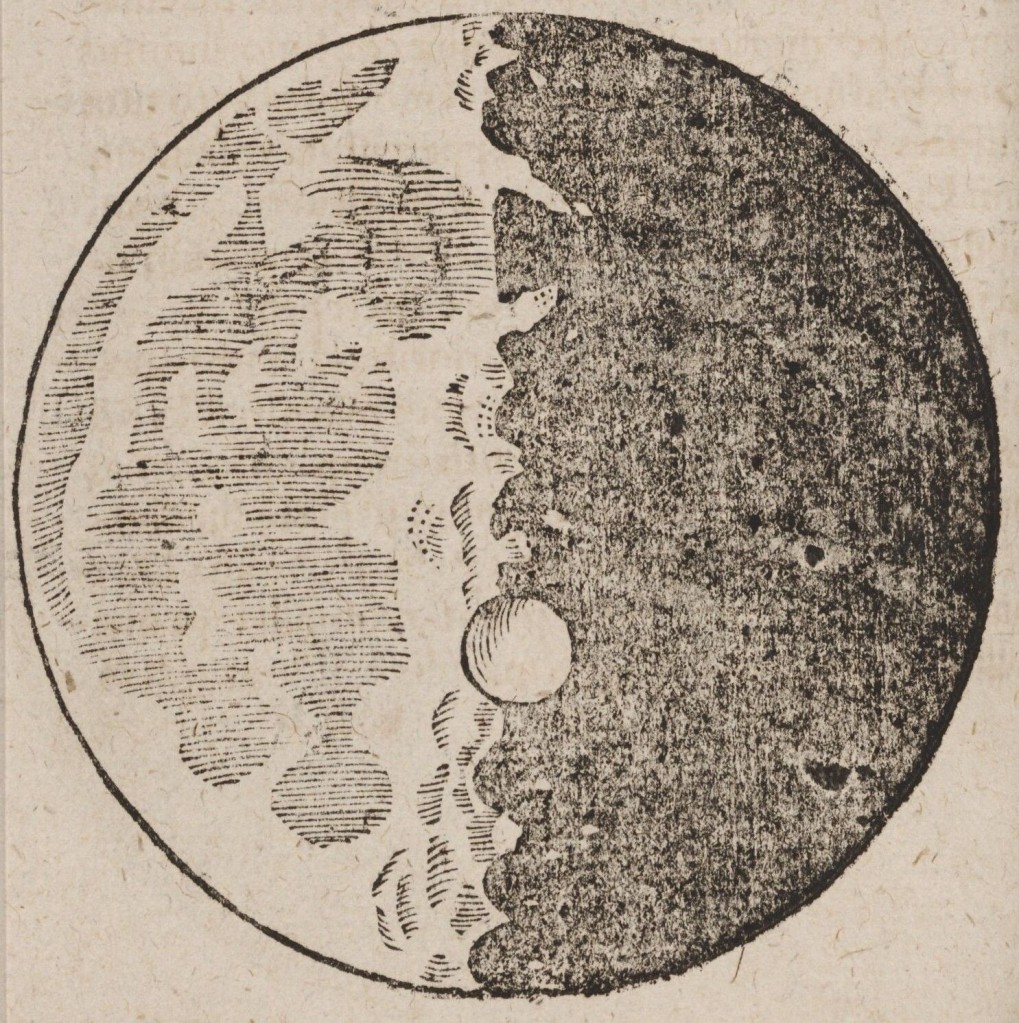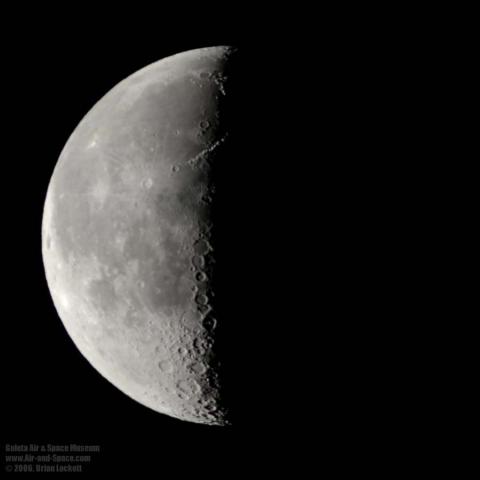On Monday I wrote a quick blogpost on the not insubstantial errors in the description of one of Galileo’s lunar washes posted on the Beinecke Library blog. I was somewhat pleasantly surprised when with a day the description had been heavily edited, romovi9ng all the sections that I had criticised even if no acknowledgement was made that changes had taken place or why. In my elation over this turn of events I failed to properly read what now stood under Galileo’s image. One of my readers, Todd Timberlake author of Finding Our Place in the Solar System: The Scientific Story of the Solar System, was more observant than I and correctly stated that the modified version was now, if possible worse than the original. So, what had curator Richard Clemens done now?

Left us examine what can only be described as a disaster, the text now reads:
Our mini-exhibits end with the vitrine holding several copies of Galileo’s first printed images of the moon made with the benefit of the telescope. He shows the shadow the earth casts on the moon and the moon’s rocky surface. [my emphasis] A photograph at the back of the vitrine was taken in 1968, before humans landed on the moon. It shows Earth as seen from the moon—the first time we saw our own planet from another astronomical body. This rough black and white image eerily resembles Galileo’s lunar landscape.
The only time the Earth’s shadow is visible on the Moon is during a lunar eclipse when the Earth comes between the Sun and the Moon thus blocking off the Sun’s light. Galileo did not make drawings of any telescopic observations of the Moon during a lunar eclipse. What we actually have is an image of the Moon at third quarter put together by Galileo from his observations. The light side on the left is the half of the Moon that is visible at third quarter, the dark side on right is the half not visible. The jagged line down the middle is the so-called lunar terminator: the division between the illuminated and dark hemispheres of the Moon.

Without being snarky, I think that Mr Clemens would do well to consult somebody who knows what they are talking about before writing his descriptions.